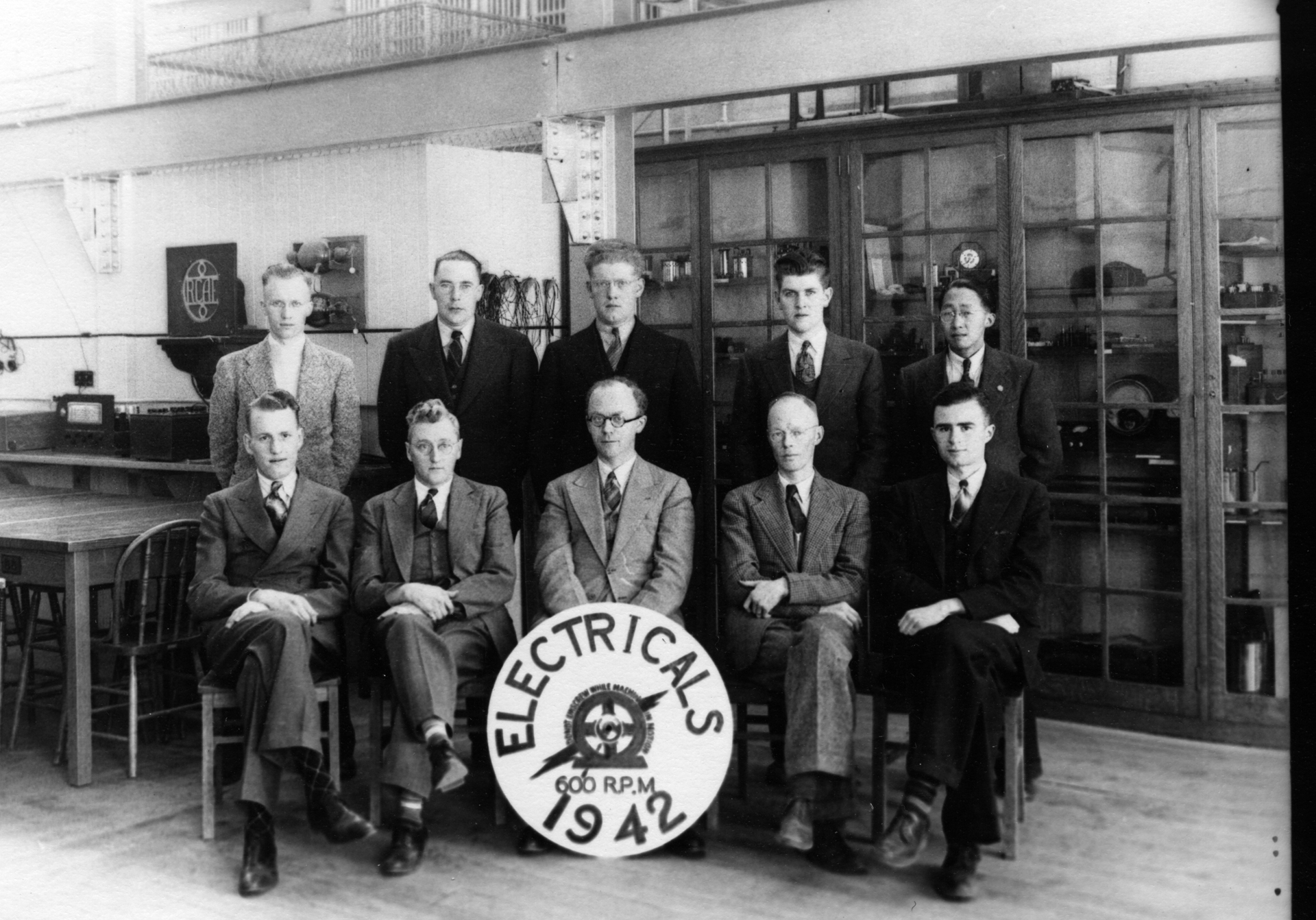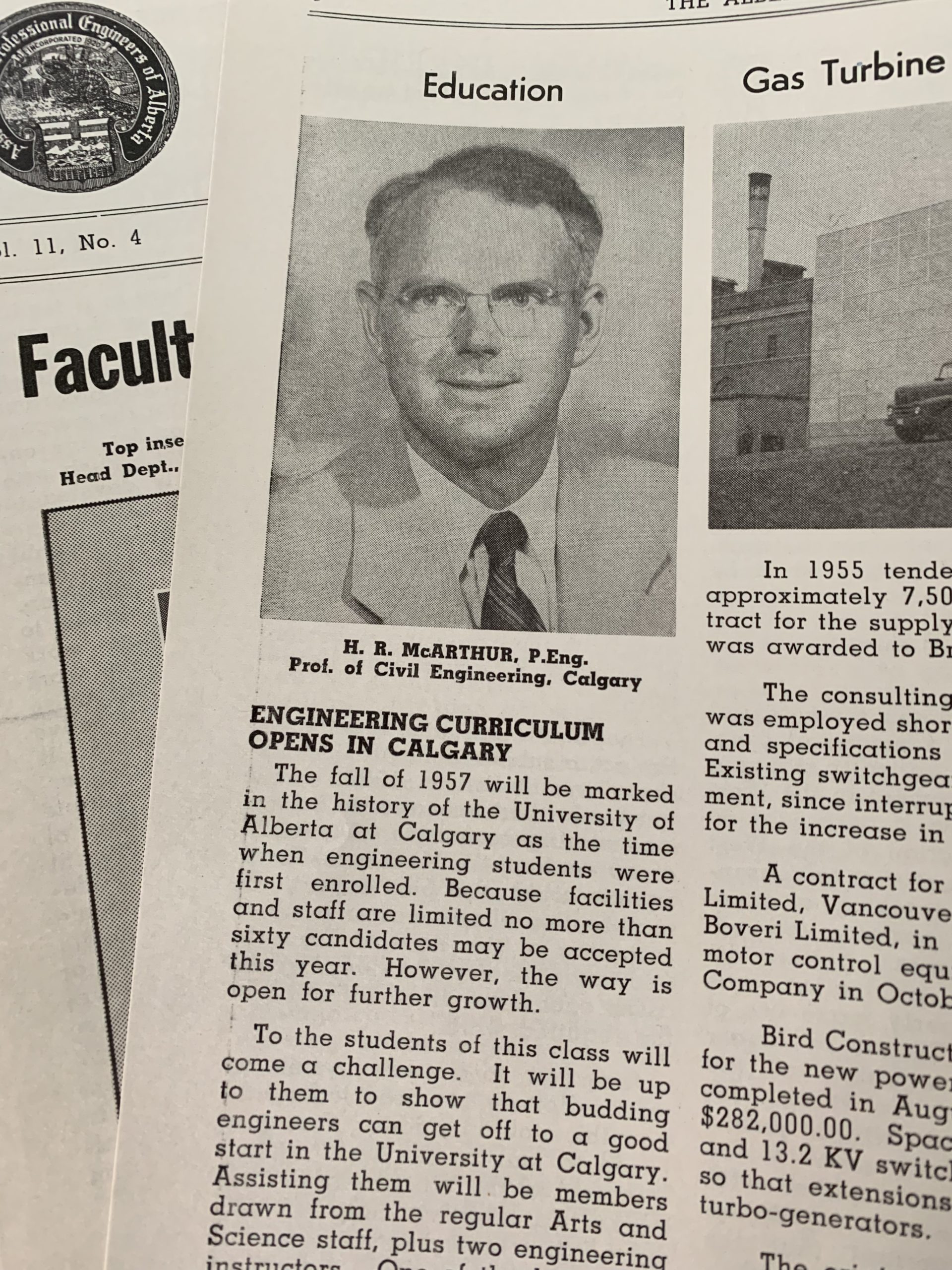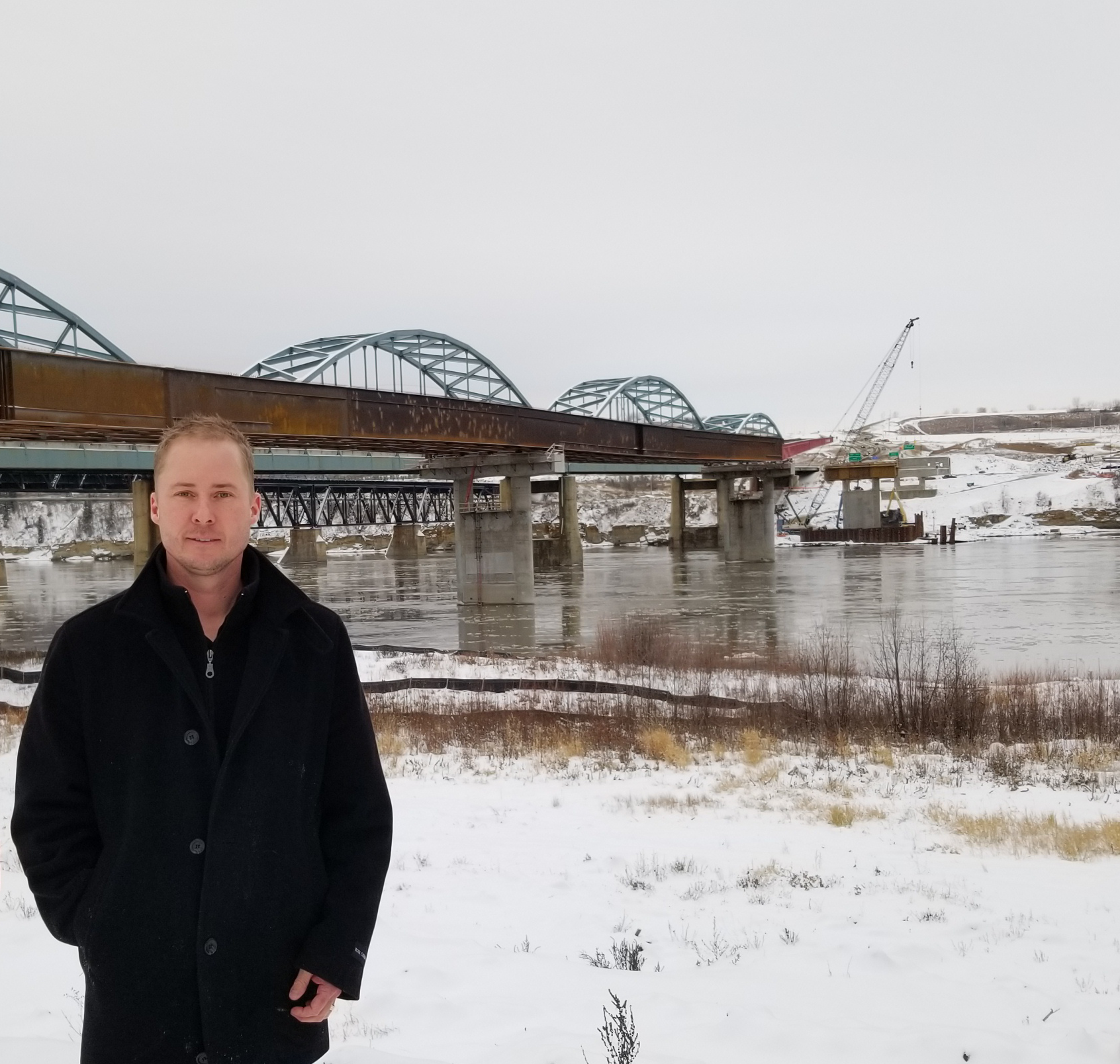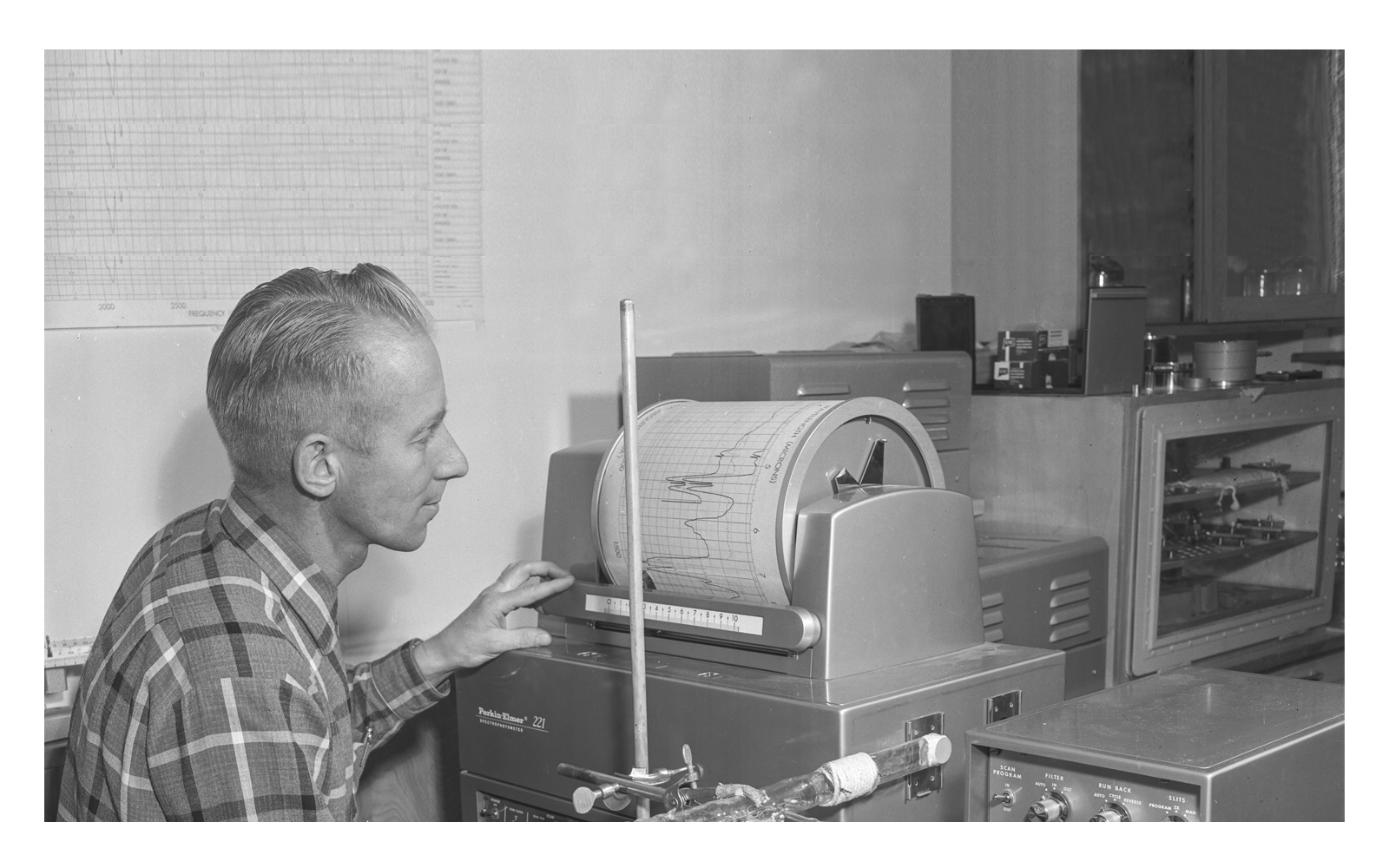University of Alberta Archives UAA 1969-97-233a
The Educational Evolution of Engineering and Geoscience
Long before engineers and geoscientists become APEGA professionals—before they map their first groundwater aquifer, design a skyscraper, invent a high-tech prosthetic limb, develop autonomous cars, or search for oil—the foundation of their knowledge is built in the halls of higher learning.
In Alberta, universities in Edmonton and Calgary have established some of the top–ranked engineering and geoscience programs in the world. Over the past century, the education they’ve provided has expanded and evolved to meet society’s changing needs. Their alumni rank among the province’s most accomplished business and community leaders, and their researchers continue to advance the scientific knowledge necessary to meet the challenges of a fast-changing world.
The roots of engineering and geoscience education in Alberta date from 1908, the year the University of Alberta opened its doors in what was to become the city of Edmonton. Engineering was taught from the start, with the first five students receiving their civil engineering diplomas in 1913.
Originally part of the Faculty of Applied Sciences, the Faculty of Engineering, as we know it today, was established in 1948. Electrical engineering professor Hector MacLeod and Robert Boyle, Dean of the Faculty of Applied Sciences, were among APEGA’s earliest members.
The U of A’s Geology Department was established in 1912 with one of APEGA’s founding members, Dr. John Allan, as the chair. Its name became, in 1995, the Department of Earth and Atmospheric Sciences.
In 1954, the growing use of seismic technology in the province’s booming energy sector prompted the university’s Faculty of Science to start a geophysics program.
Another major milestone took place in the fall of 1965, when the Faculty of Engineering at the newly created University of Calgary welcomed its first 59 students and two instructors. The faculty—today called the Schulich School of Engineering—got its start in 1957 as a satellite program of the University of Alberta.
So, too, did the University of Calgary’s Department of Geoscience. Initially formed as the Department of Geology in 1963, it became the Department of Geology and Geophysics in 1979 when an undergrad program in geophysics was added. The current name was adopted in 2007.
For decades, these faculties have equipped thousands of students with the skills to succeed. They’ve also become centres of engineering and geoscience research excellence. Post-grad students and academic experts alike have helped shape the province, exploring new ideas and pushing the limits of science and technology, research and innovation.
Early engineering and geology research led to major oil and gas discoveries and the development of Alberta’s oil sands, forever changing the province’s history. More recent breakthroughs in biomedical engineering have revolutionized everything from diabetes treatment to therapeutic wound care.
University researchers continue to ask questions and find solutions. Some of their most recent discoveries and innovations include:
- a non-invasive blood test to detect breast cancer
- a water-quality testing device to rapidly detect contaminants
- technology that converts carbon dioxide into high-value fuels and chemicals
- technology that powers self-driving cars and smart transportation networks
- technology that brings affordable power to people in developing nations
- permafrost studies to help us better understand the effects of climate change
- studies of glacier changes in the Arctic and the impact on global sea levels
- a robotic arm capable of performing surgery on a beating heart
- a better way to measure and reduce methane emissions.
This visionary and leading-edge work will continue to enhance Alberta’s economy and improve lives now and into the future.
Did You Know?
Other Alberta universities offering engineering and geoscience programs include Calgary’s Mount Royal, which offers a bachelor of science in geology, and first-year engineering transfer programs at the University of Lethbridge, MacEwan University, and Red Deer College.
Alberta Universities and APEGA
APEGA has a long history of collaboration with Alberta’s post-secondary institutions. When the association formed in 1920, the University of Alberta Senate evaluated the qualifications of applicants to ensure they had the education and skills required to become licensed professionals.
Today, academic examiners from the University of Alberta and University of Calgary continue this important job as members of APEGA’s Board of Examiners. The examiners are professional engineers and geoscientists whose volunteer service remains vital to self-regulation.
APEGA has also forged strong relationships with engineering and geoscience students over the years. A student membership category was approved in 1924, and in 1935 the University of Alberta’s Engineering Students’ Society successfully lobbied APEGA Council to offer student memberships “without an extra fee.”
Networking and professional development are the focus in 2020. APEGA holds events for engineering and geoscience students to help them prepare for their careers. These include industry mixers, resume reviews, mock interviews, ethics workshops, and student conferences.
University of Alberta electrical engineering students and staff pose for a photo in 1942.
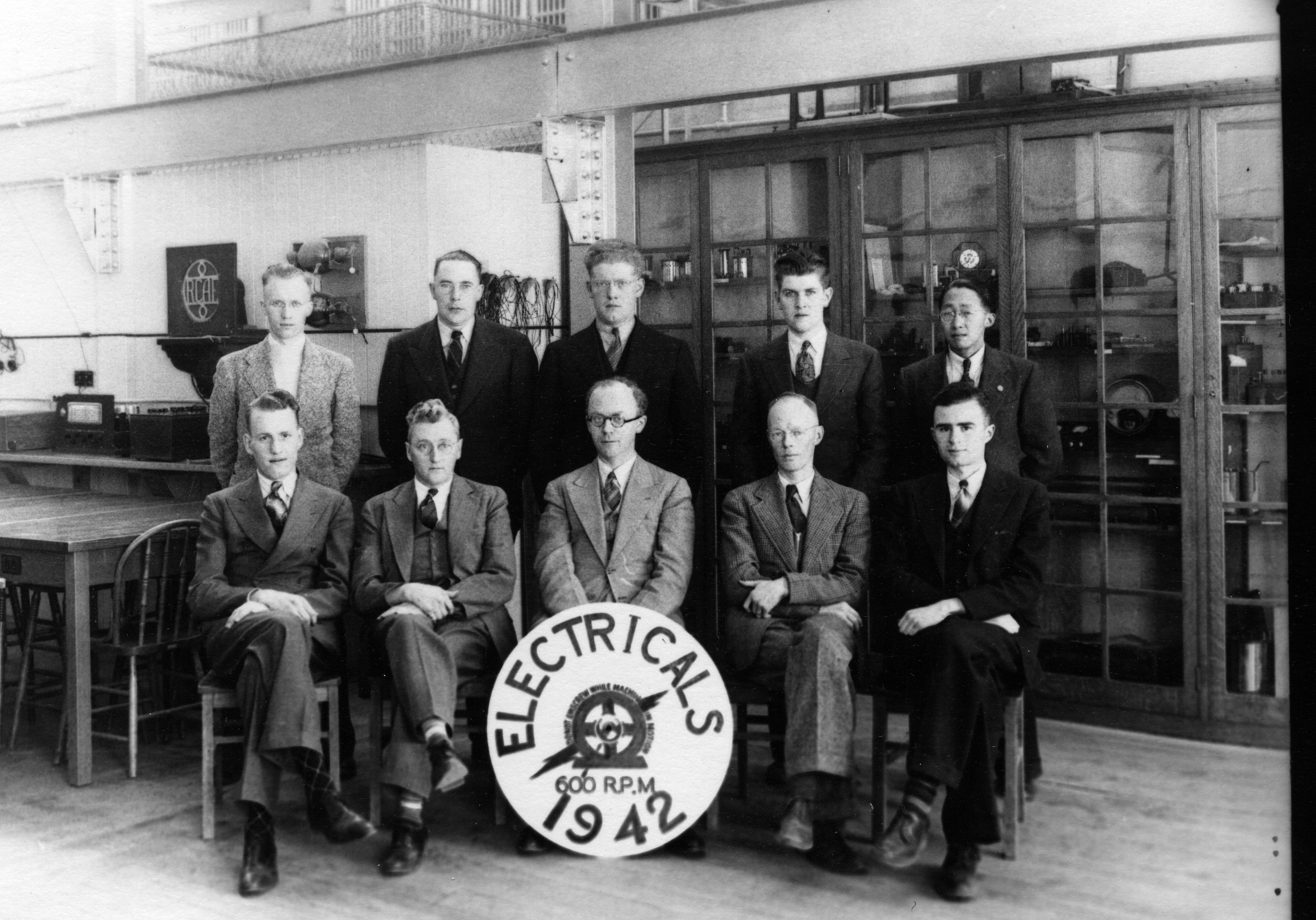
University of Alberta Archives UAA 1969-97-233a
University of Alberta electrical engineering professor Ashwin Iyer, P.Eng., and PhD students Braden Smyth and Stuart Barth, both engineers-in-training, are researching metamaterials—artificial materials designed with unusual and exotic properties not found in nature. Inside the anechoic chamber, which blocks electromagnetic signals from entering or exiting, the team can measure the performance of antennas built from these materials. Their research has applications in fields as diverse as communications technology and medical imaging.

Photo courtesy of Engineering - University of Alberta
First-year students with the University of Alberta’s Department of Earth and Atmospheric Sciences on a geology field school outing in British Columbia.
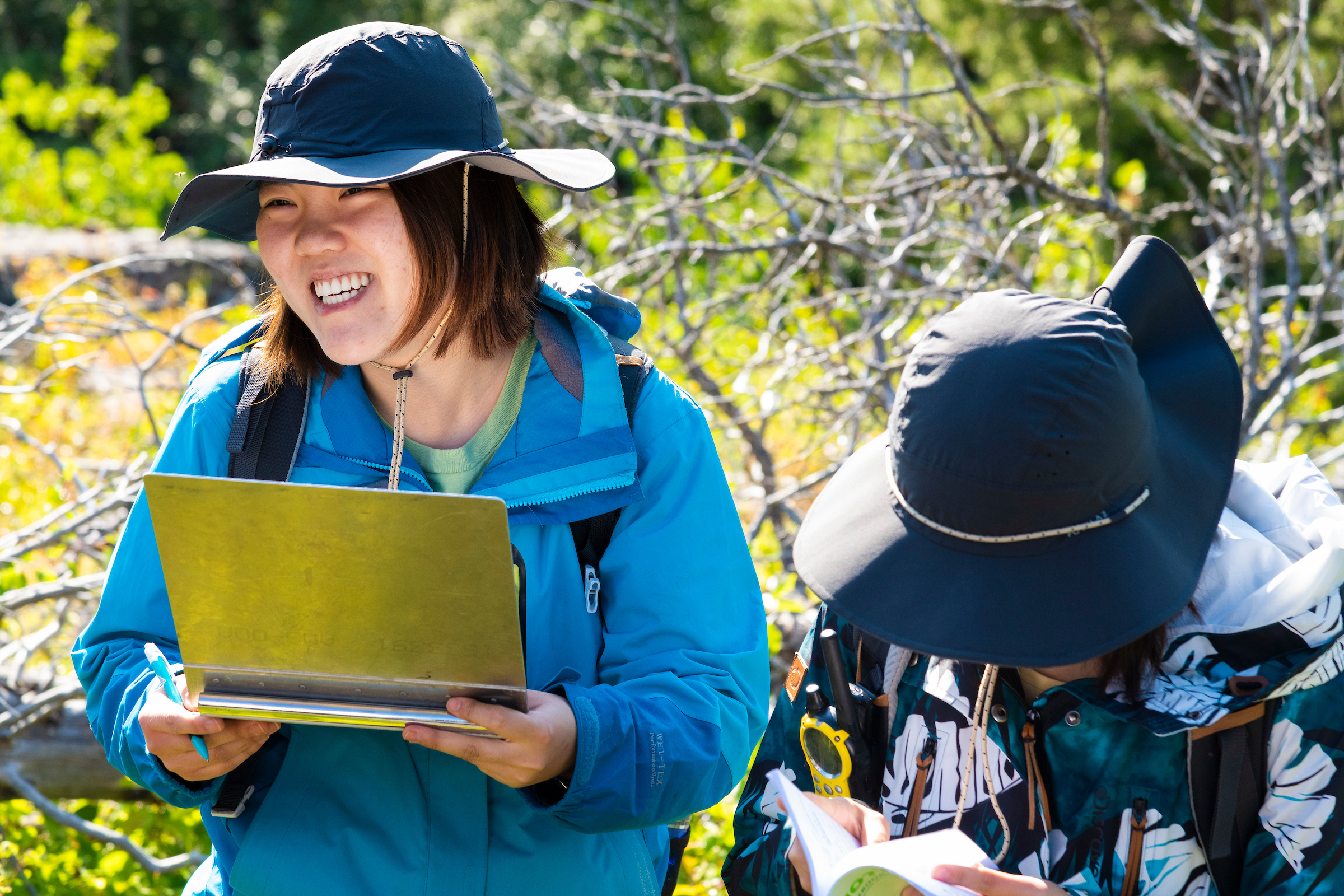
Photo courtesy of John Ulan, University of Alberta, Faculty of Science
University of Alberta electrical engineering students display what appear to be their class projects circa 1924.
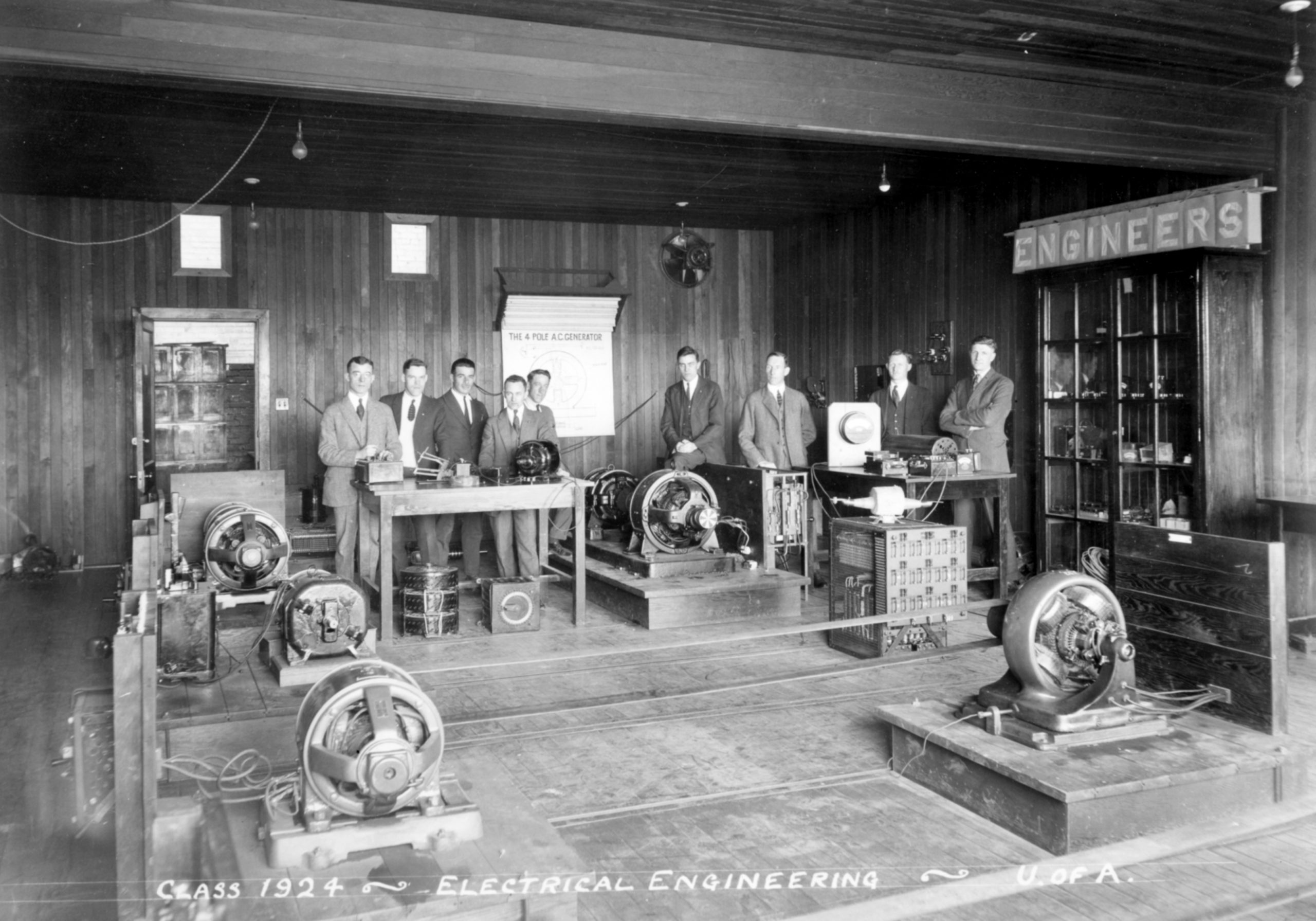
University of Alberta Archives UAA 1969-97-484
Engineering students in drafting class during war time, 1944 at the University of Alberta’s Convocation Hall.

University of Alberta Archives UAA 1969-97-243a
University of Alberta engineering students in drafting class at Athabasca Hall in 1946.
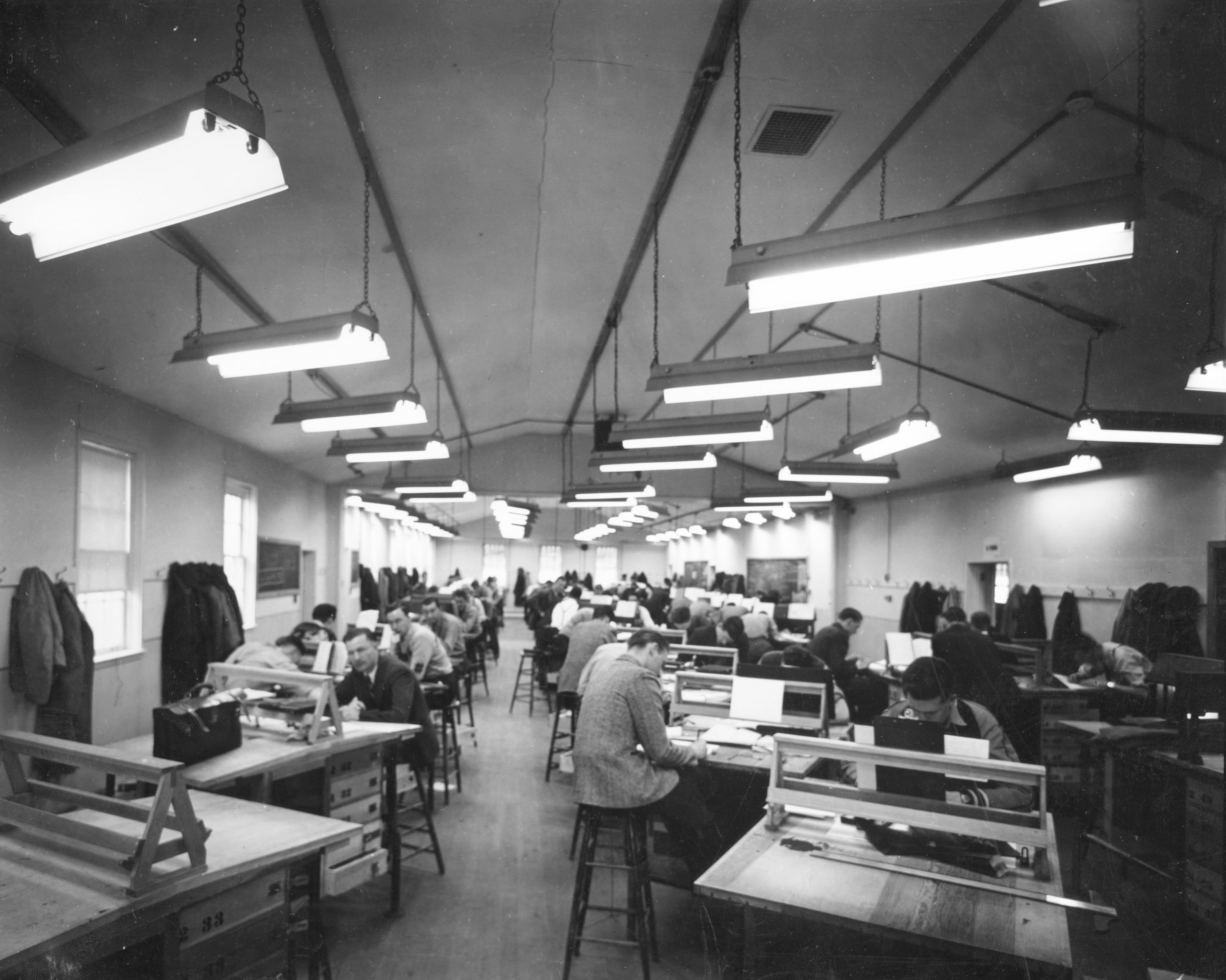
University of Alberta Archives UAA 1969-97-271a
The University of Alberta’s Mining and Geological Society members in 1930-1931.
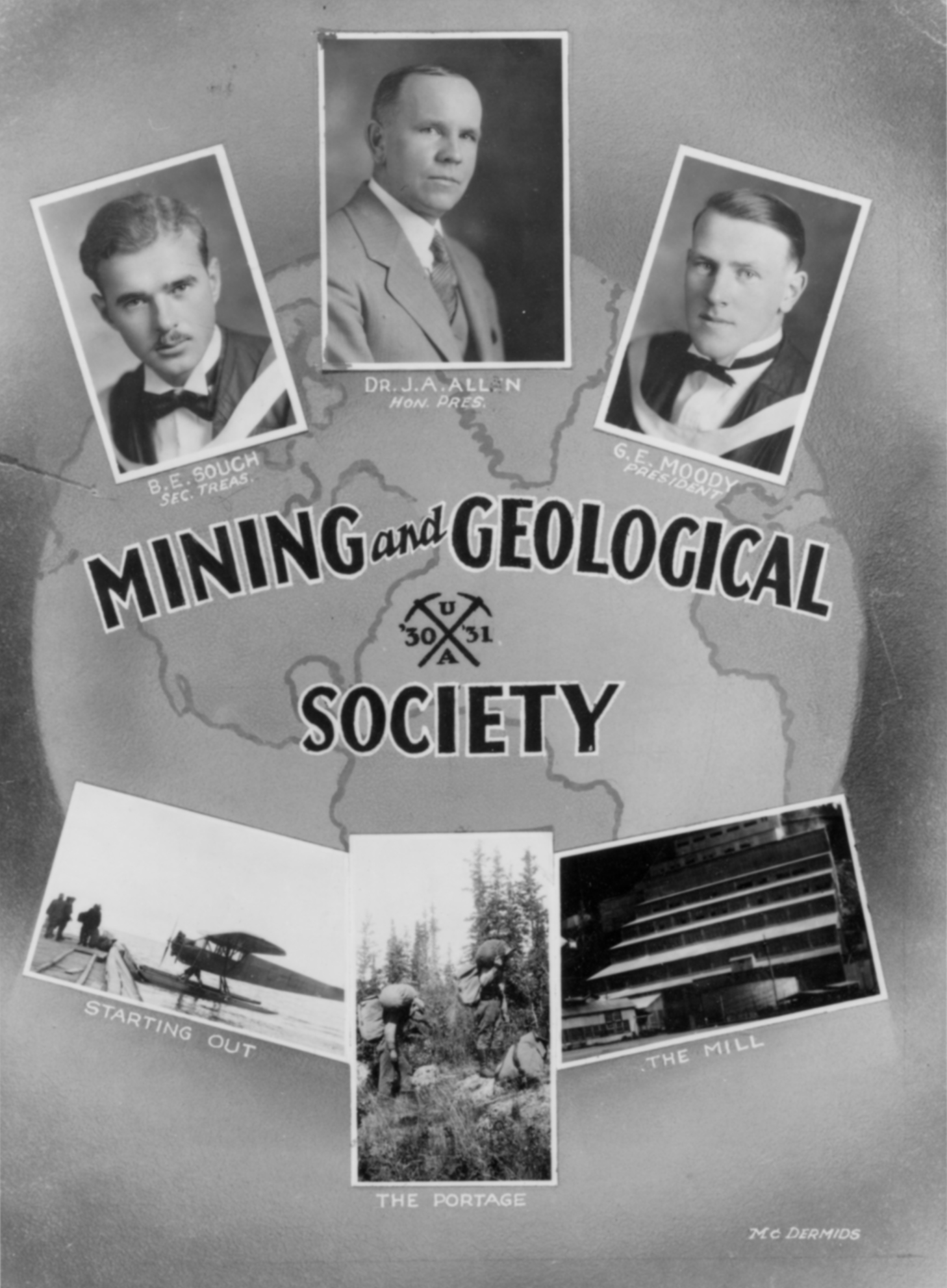
University of Alberta Archives UAA 1977-84-575
A Schulich School of Engineering grad student works on advanced visualization technologies for reservoir simulation in enhanced oil recovery for heavy oil and oil sands. The goal is faster and more accurate field optimization.
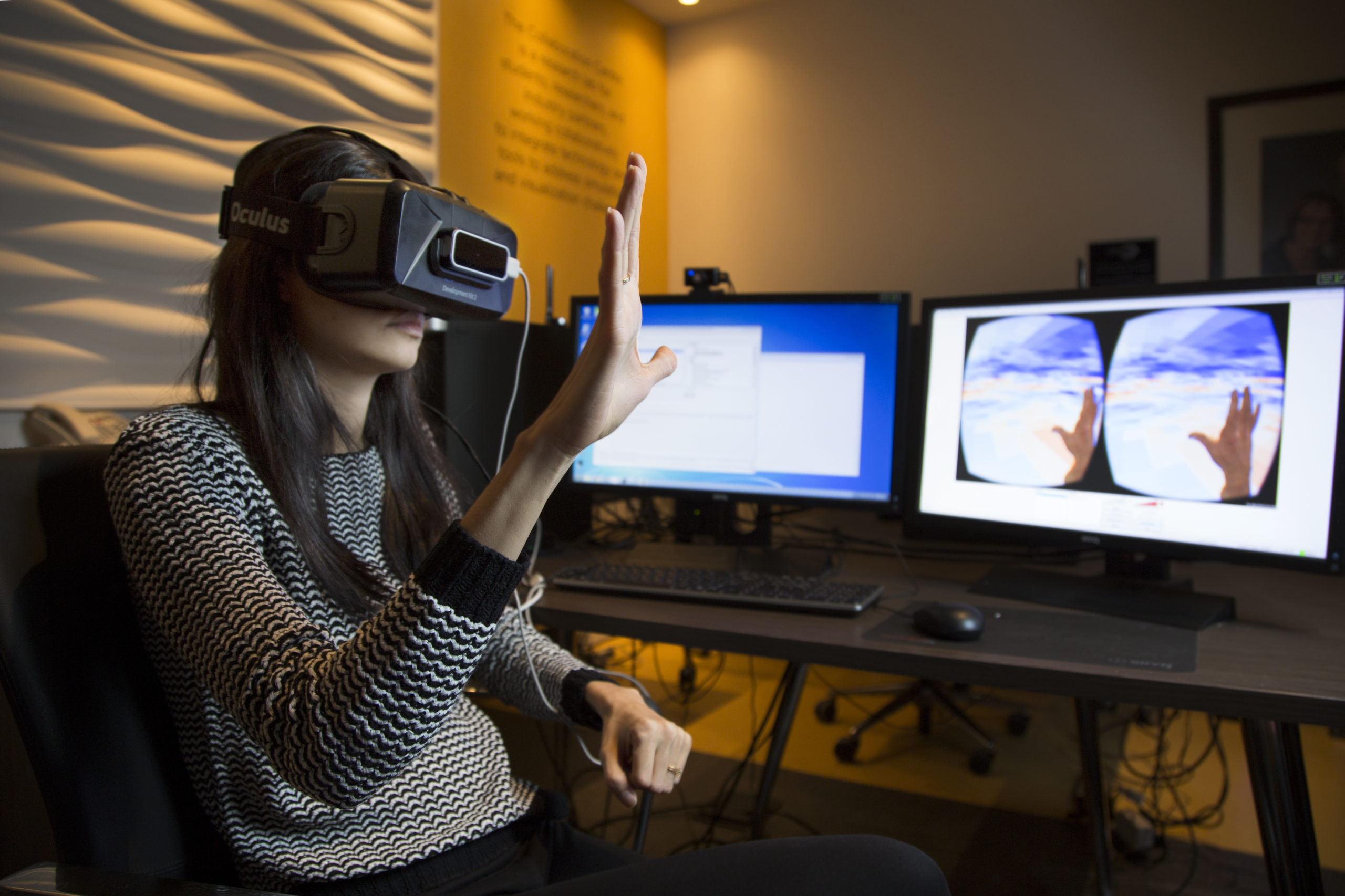
Photo courtesy of Colleen De Neve, Schulich John Chen Lab
The U of C’s Department of Geoscience began weather research at Lake O’Hara in British Columbia in 2004. The team studies snow hydrology, groundwater hydrology, stream-groundwater interaction, alpine permafrost, and glacier mass and energy balance. Here, students Jim Roy and Mike Toews work on one of two weather stations at the lake when the project was first launched.
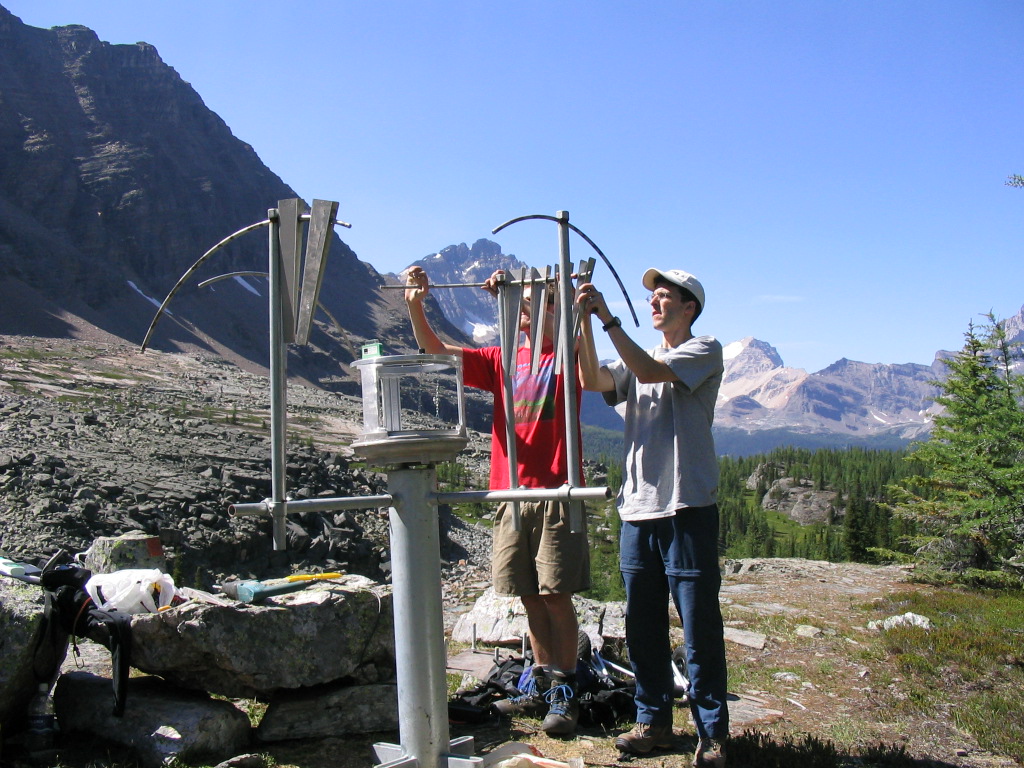
Photo courtesy of Dr. Masaki Hayashi
Civil engineering graduate students with Dr. Lina Kattan, P.Eng., in the AMA Active Traffic and Demand Management Lab at the Schulich School of Engineering. They’re researching the impact and implementation of technologies in traffic – autonomous vehicles, variable speed limits, smart transit applications and more.
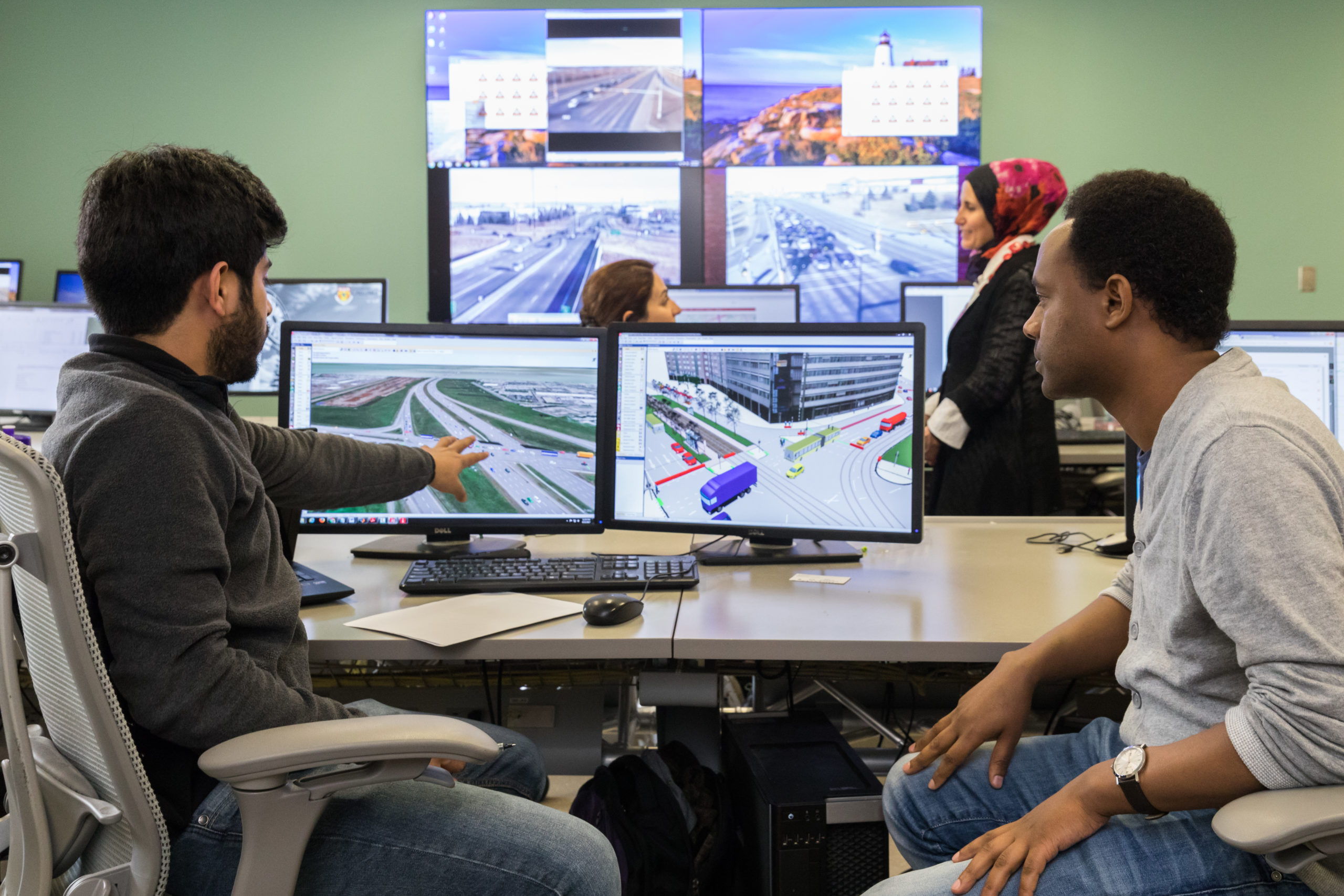
Photo courtesy of Fritzology
University of Calgary Department of Geoscience students David Patryo, Chris Eisinger, Brett Miles, and Julia Davidson examine oil sands core samples.
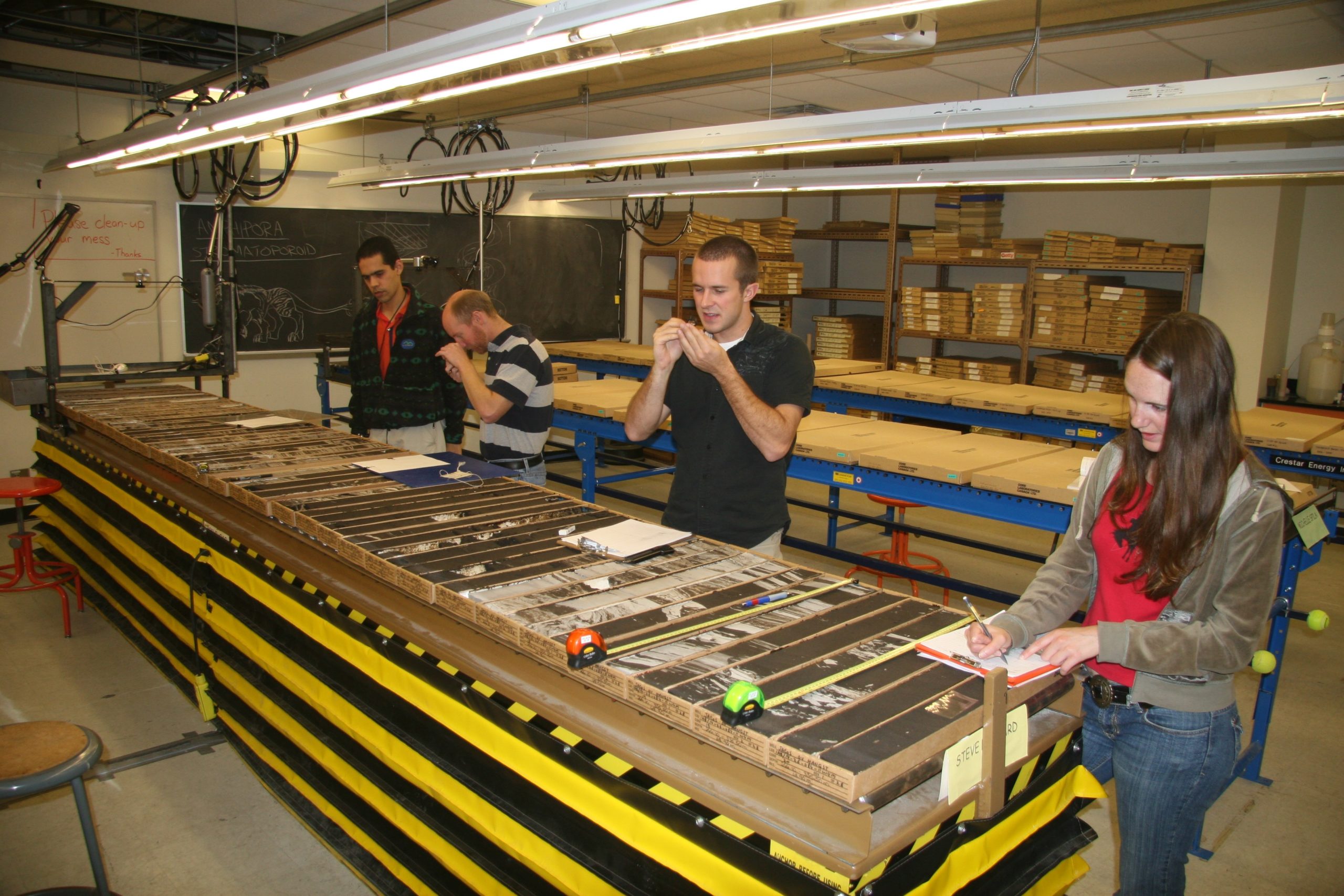
Photo courtesy of Steve Hubbard, University of Calgary
University of Calgary engineering students conduct an experiment in 1984.

University of Calgary Archives 45.14
